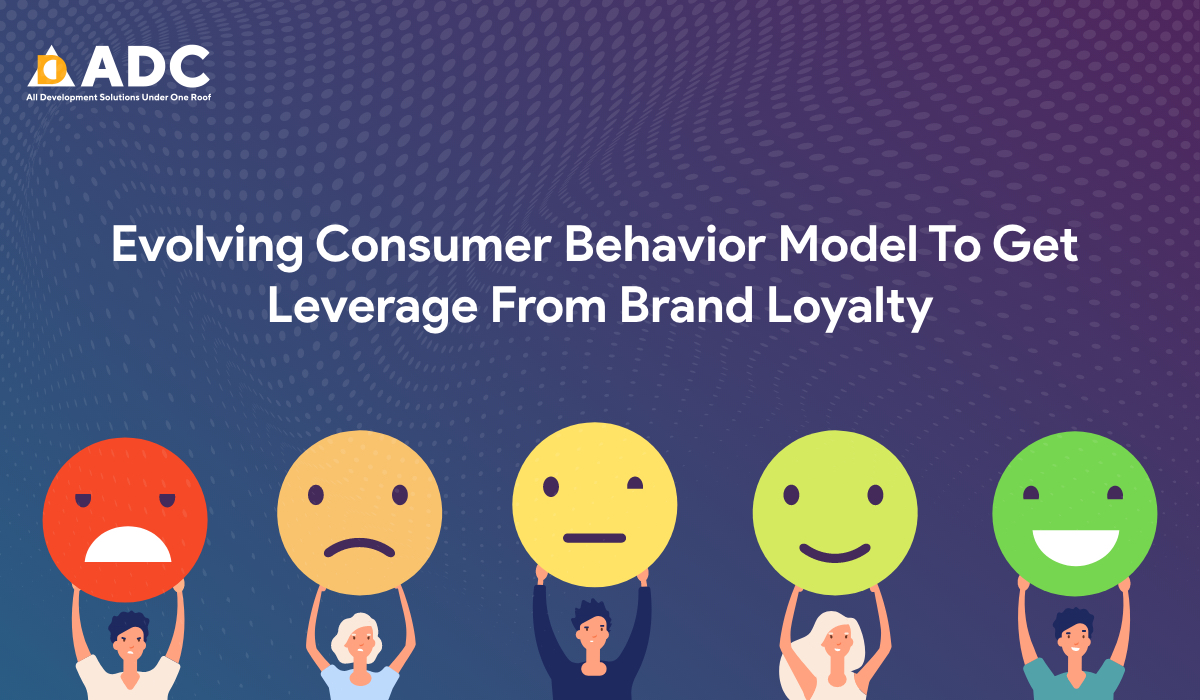Recent post
Subscribe to the Blog
Get our research-based blogs and stories delivered to your inbox.

Consumers aren’t animals kept in captivity. If they were, then it would have been easier for business owners to understand what they prefer. When assembled in a confined area, the patterns, habits, and predilections of an individual would become easily observable, which, in turn, would allow you to frame a comprehensive and detailed picture of customer behaviour. Since customers aren’t animals bred and kept in captivity, they roam freely in the market, try various products before buying them, and also discard a few they don’t like. Furthermore, they don’t worry about brand loyalty anymore because they get customized offers, services, and other benefits from business firms.
Some people may argue that this ever-evolving customer behaviour resulted in market fragmentation where a single company will never be able to dominate or displace an entire industry in a specific direction. Other folks believe that IoT is the primary cause of this fragmentation because it brought forth new and improved ways of buying products and services digitally. As a result, consumers were the ones who had to shift and change constantly to stay on the same page. During times like these, companies need to stay at the front of the pack, and for that, they must contemplate the driving force behind consumers choosing something over another and apply the data effectively to improve product development and marketing.
So, what’s the significance of gauging customer behaviour? Information on matters like the buying decisions they make, brands they follow, and the kind of messages they respond to, will help you make your product more attractive. The behaviour of customers makes up a massive portion of the audience insight you require to accelerate the time needed in making a product profitable. You can use it to develop something new or reinforce existing merchandise. However, ascertaining this behaviour can be quite challenging, especially because of the younger and more adaptable consumers that rely on their smart devices while shopping, along with the older, less tech-savvy people with more conventional shopping expectations.
Now it’s time to learn how to gain an in-depth understanding of your customers’ behaviour. As already mentioned earlier, it’s going to be challenging, especially with all the variables. Nevertheless, there are several ways of doing it, and one of them incorporates creating a target market profile specific to each segment of your targeted clients. Additionally, the term “basic” doesn’t have any use in today’s world. It means you have to go above and beyond general demographics, such as age, household income, gender, geographic location, education levels, etc. You have to transition to the psychographic territory, such as personality, emotional trigger points, and attitudes. To do it, you must create each profile using data science and market research to combine several types of data effective, including social media big data, videos watched by prospects, purchasing decisions, preferences, etc.
– Consumers have complicated natures with incredible personality specifications, preferences, interests, and habits. The psychographic factors elucidated above are difficult to quantify, but thanks to big data, you can do that and even comprehend them by juxtaposing the data from interactions made on social media, for instance.
– More and more business companies are in search of niche buyer segments to ensure they appear different from competitors. These niche segments allow you to create readymade customer bases through which you can launch new products and services. It will also give a useful blueprint that you can use to go out and search for prospective customers matching the same criteria. After forming rich profiles for every buyer segment, you may continue sub-segmenting it further to increase the sharpness of your products and messages instead of casting a wide net with big holes and risk an overall negative response.
– There will, obviously, be instances where using a wide net will be mandatory, especially if you’re about to launch a new service, product, campaign, or feature with universal appeal. Similarly, it will come in handy if you don’t have a lot of budget and resources to turn to and you can’t opt for hyper-niche targeting. Naturally, breaking your target buyer segments into small subjects will prove beneficial in terms of niche targeting. It even lets you identify similarities running across all segments when mass targeting becomes necessary. After knowing the similarities, you can gauge shared customer expectations and behaviour to determine the kind of messaging or products that will resonate with everyone. There’s no point in resorting to guesswork when you have the data and insights you need right in front of your eye
It’s a digital era where everything is moving fast and changes appear overnight. During times like these, customer behaviour will keep on evolving in new ways and towards new directions. It will push almost every business company to adapt and grow while expecting business owners to pay more attention to every person’s requirements and desires. It’s one of the main reasons why behavioural science is now crucial to market research. If combined with surveys, data, and other customer information variants, it will allow for precise prediction of buying decisions of your buyers. As a result, you will pop up in front of them at the right moment and place the exact products and services they have been searching for.
This so-called “digital evolution” isn’t just about keeping up with the widest whims of consumers or getting caught off-guard by stampeding herds of change. It’s about staying one step ahead of everyone by using market research studies, tools, and information, apart from advanced technologies like Artificial Intelligence and automation. These things will provide you with more insight, deepen your understanding, and increase the speed at which you operate. Business companies that don’t shy away from embracing the evolution can expect to enhance customer engagements of all times and provide higher-quality experiences that can ignite interest and hold it authentically, which is almost similar to the kind of customer loyalty business owners enjoyed several years ago.
Get our research-based blogs and stories delivered to your inbox.
 Top Mobile App Development Firms
Top Mobile App Development Firms
 Top Web Development Firms
Top Web Development Firms
 Top On Demand App Developers Firms
Top On Demand App Developers Firms